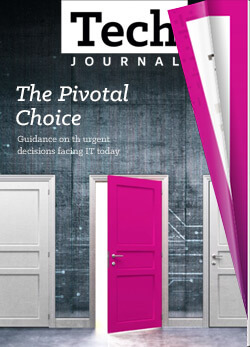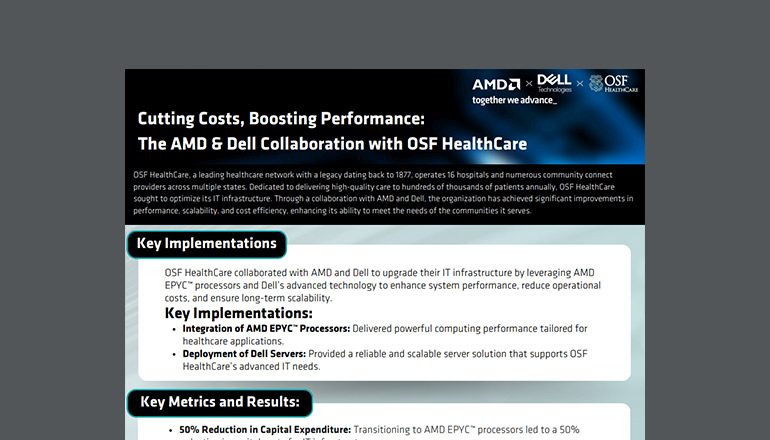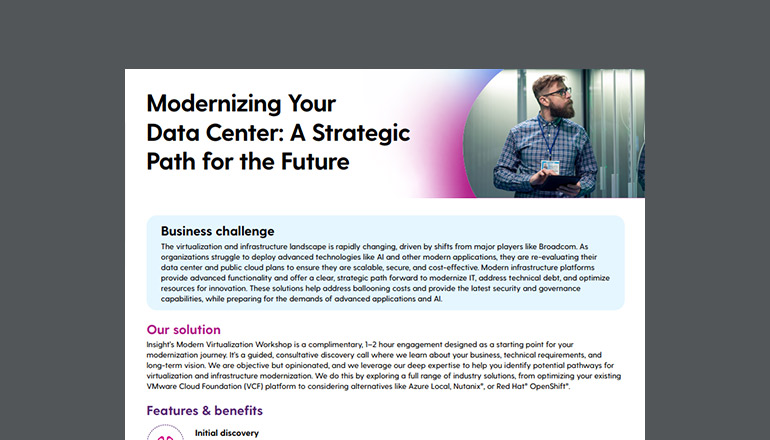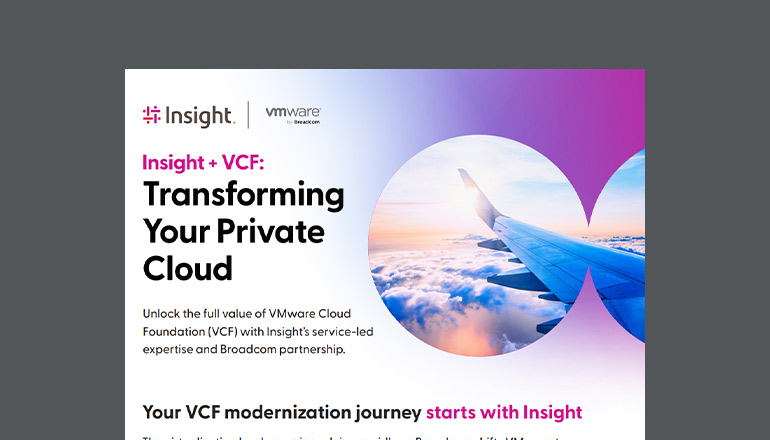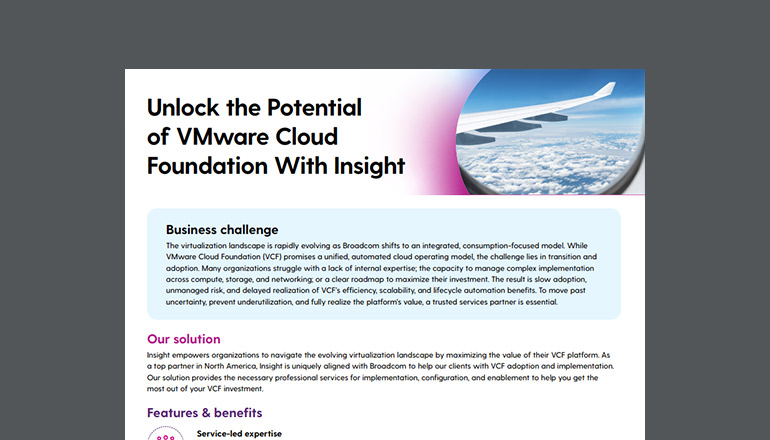Tech Journal The Leasing Model Is the Pinch Hitter for Innovation — Here’s Why
By Andrew Casey / 21 Sep 2020 / Topics: IT optimization Procurement

Technology is critical to any successful business strategy and accessing the hardware and software you need to succeed is just as important. Costs and technological obsolescence can be common prohibitors to getting the best technology for the job, but these challenges have shed a new light on a longstanding solution — IT leasing.
Committing large sums of cash to stay well-equipped can be a daunting ask. No organization wants to be stuck with solutions that don’t fit both today’s and tomorrow’s needs. Expending capital at any given moment isn’t always feasible too.
What if your organization needs to quickly pivot? What happens if you discover a new process that requires the latest technology? How does your business quickly get new solutions as needs change?
Technology leasing is a viable answer to these technology procurement questions and more. As a global finance leasing sales specialist for Insight North America, I’ve seen leasing mature exponentially in recent years — especially now as businesses face new challenges around COVID-19.
Leasing has moved beyond being an option reserved for technology that doesn’t realize its return on investment before obsolescence. It’s a strategy that increases your organization’s IT procurement effectiveness.
To afford these new, innovative technologies, leasing models have become more than the norm — they’re a necessity that fuels innovation.
Opting for a technology lease over a capital expense provides a range of benefits, including:
- Predictable budgeting
- Simplified invoicing from multiple product vendors
- Reduced risk of technological obsolescence
- Customizable and flexible master agreements
Recent innovations in technology and in how IT departments operate has grown leasing demand across the United States. And in Canada, IT teams have focused on becoming more efficient, user-friendly and cost-effective, which has made leasing a game changer in the technology industry.
Is innovation fueling leasing or is leasing fueling innovation?
The answer is ‘yes’ to both sides of the question. Cloud and mobile device innovations have had a huge impact on the state of modern IT. You can now connect with anyone from anywhere and effectively complete tasks from nearly any device.
Technology advances have made it critical for businesses to keep up with the pace of innovation and ensure success. Successfully navigating these dynamics can’t hinge on how much cash your business has on hand. To afford these new, innovative technologies, leasing models have become more than the norm — they’re a necessity for fueling innovation.
The challenges COVID-19 brought to businesses has accelerated leasing demand too. This payment method allows businesses to offset IT expenses while supporting remote work initiatives.
Worries about spending money on the wrong technologies will be virtually eliminated, as leasing further enables effective decision-making.
With leasing, your business is in complete control of what technology it can access. Leasing enables your business to get new solutions at a regular cadence, whether that’s every year or every three years.
You can quickly scale up or down the number of devices, helping you better plan around change. This shift from capital expenses to operational expenses saves money too, reducing your total cost of ownership as you eliminate expenses around warranties and more.
By minimizing your IT costs and increasing flexibility, you’re now better positioned to reinvest in other parts of the company. Saving on these IT costs lets you dedicate resources to critical digital transformation initiatives that better prepare your business for the future.
You can upgrade legacy applications and begin migrating them to the cloud to enhance scalability, IT efficiency, and your ability to analyze and act upon datasets. Or your organization can begin investing in entirely new digital tools that can help improve employee productivity and customer engagement.
Many organizations are undertaking digital innovation initiatives. Finding IT budget efficiencies that then let you invest on new digital initiatives can help advance your organization’s capabilities well into the future. Leasing can be that pathway to efficiency that enables digital transformation and innovation.
Leasing into the future
The leasing model is only going to get more prevalent. Think about cloud subscription models and how many software products have transitioned to as-a-service models. This is continuing to expand for devices and other technologies too.
Applying leasing to other technologies — from mobile and computing devices to physical servers — will expand your ability to be agile. This agility can be applied to any number of business initiatives, such as temporary worker programs, internship initiatives and new business units.
Leasing is a practical way to expand your return on investment.
Worries about spending money on the wrong technologies will be virtually eliminated, as leasing further enables effective decision-making. Leasing models can also open the pathway to more services adoption, to help your organization manage and maximize the value of its devices.
We’re going to see a lot of innovations in this space that will continue to empower business decisions that lead to lasting positive outcomes.
Ensuring a successful leasing strategy
Many businesses are starting to look at technology leasing for the first time. It’s important to get it right the first go around, so your business can continue to enjoy leasing benefits for years to come.
Before you start conversations with a leasing specialist, get your wants and needs in order. Create a wish list, prioritizing what you need in the short term first followed by long-term needs.
Align that list with a timeline too. With these requirements outlined, determine how much money you can spend on leasing each month. You should provide all these details to your leasing specialist at the outset of your conversations.
When you’re working with your leasing specialist, be sure to include internal stakeholders, including finance, operations and IT. Keeping everyone on the same page is critical to adopting a successful leasing strategy.
In the end, leasing is a practical way to expand your return on investment. If you can drive the cost of a laptop down, then your return on investment is even better than what it was before.









